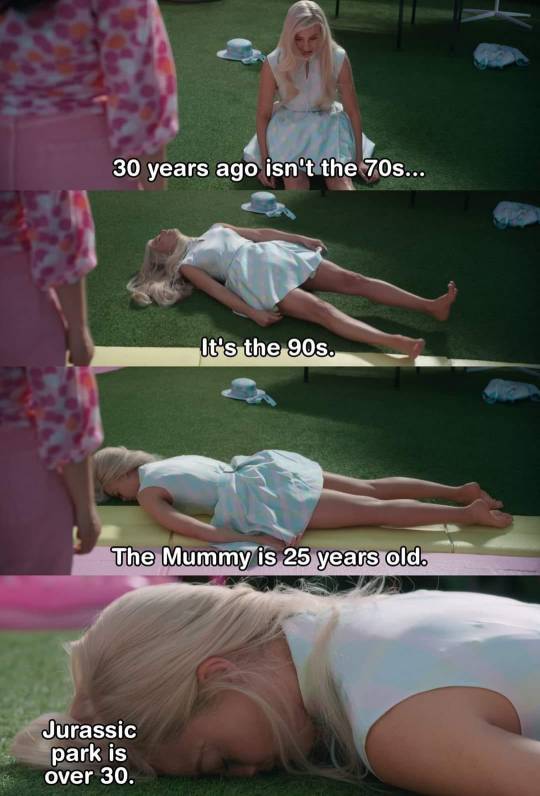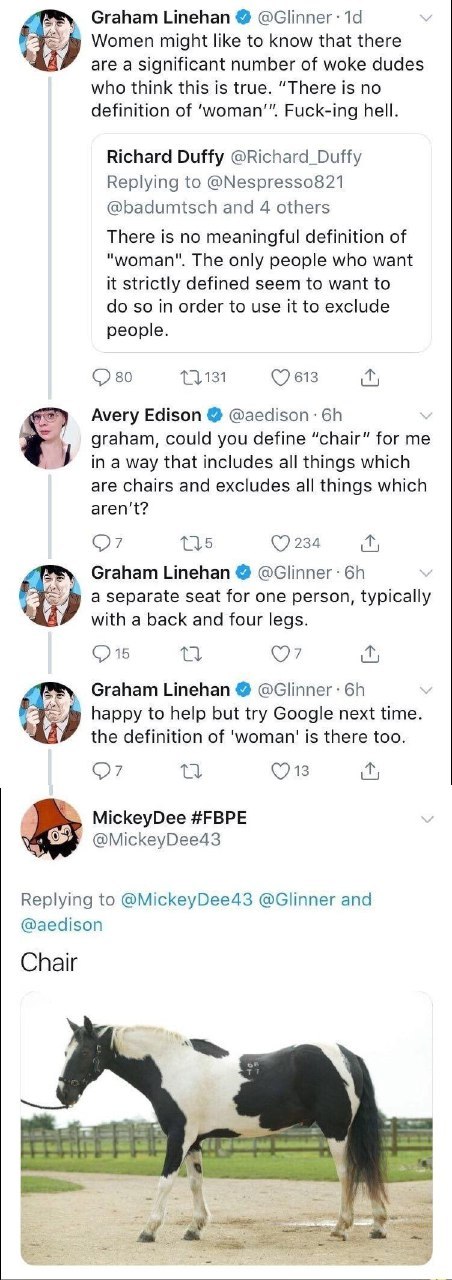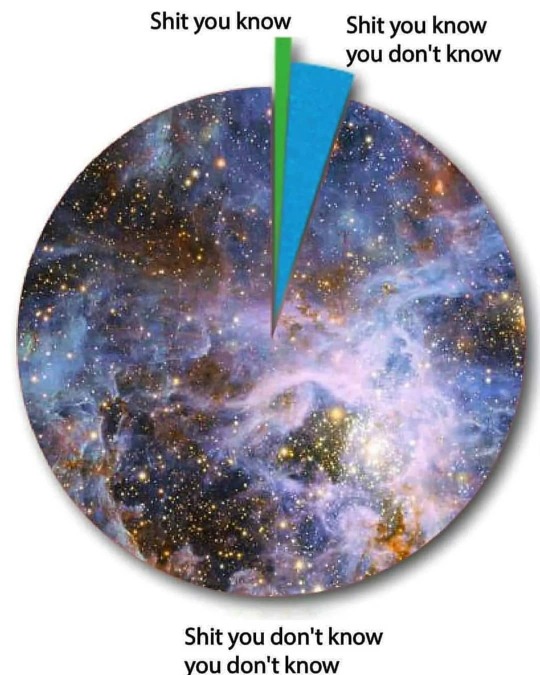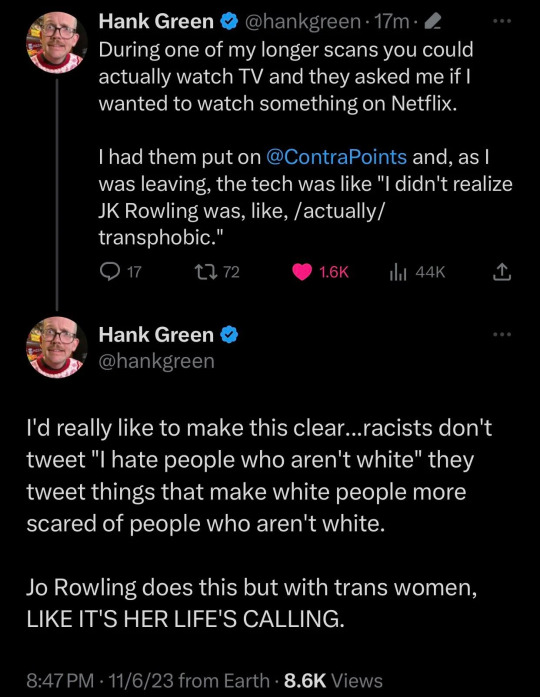Text
I just….I just learned that there’s a word in the English language…for when you run into someone to hug them with all the enthusiasm and strength you have….I learned that it’s called glomp.
My God, English has so many words to describe physical intimacy, I’m in love

43K notes
·
View notes
Text
There’s no such thing as work-life balance for neurodivergent & chronically ill people.
This is because everything in my life requires work:
maintaining friendships
keeping up with my hygiene
managing bills
making money
remembering my basic needs
sleeping regularly
outputting creatively
All requires some aspect of work for me.
And when everything in your life requires work, your balance goes out the window.
If you're neurodivergent and overwhelmed — I see you.
If you're chronically ill and overwhelmed — I see you.
You're not dysfunctional.
You're not incapable.
You're doing your best.
20K notes
·
View notes
Text

how did gen z end up with 1950s gender roles: expansion pack
26K notes
·
View notes
Photo

U.S. Counties where the African American population is 25% or more
14K notes
·
View notes
Text
fascinating to me how quickly we forget that the cycles repeat. people treating 5-15 year olds like this breed of superchild created to do evil and taint the world. that was all of us. "they're wrecking sephoras" you would not survive a 2015 hot topic with this mindset. "they're falling for the stanley cup thing" buying on trend overly robust camping gear for every day use is like. a middle class tradition in this country. our glorious kånken backpack vs their wicked stanley cup.
19K notes
·
View notes
Text
I recently had surgery, and at the time I came home, I had both my cat and one of my grandma's cats staying with me.
- Within hours of surgery, I wake up from a nap to my cat gently sniffing at my incisions with great alarm.
- I was not allowed to shower the first day after surgery, and the cats, seeing that The Large Cat is not observing its cleaning ritual, decided I must be gravely disabled and compensated by licking all the exposed skin on my arms, face, and legs.
- I currently have to sleep with a pillow over my abdomen because my cat insists on climbing on top of me and covering my incisions with her body while I sleep (which is very sweet but not exactly comfortable without the pillow). She also lays across me facing my bedroom door, presumably on guard for attackers who may try to harm me while I'm sleeping and injured.
That's love. 🐈⬛🐈❤️
#if anyone ever says cats don’t have feelings#I will fight them#🥹#cats#love#my cats do this too and it makes everything better
74K notes
·
View notes
Photo





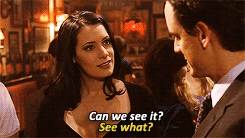




30K notes
·
View notes
Text
I looked up some stuff about the "domestication syndrome" in animals because I read a couple times in books the idea that domesticated animals are neotenous, meaning they retain juvenile traits into adulthood. The idea being that humans have essentially created more helpless, more exploitable versions of wild animals to "dominate" and abuse nature.
I thought, "Okay, that sounds like something that couldn't be proven. How much do we even know about the juvenile brain development of, say, wild goats or boars, anyway?"
So I found this review of the literature that goes back to the fur farm fox domestication study and it's even worse than I thought: We don't even know that a 'domestication syndrome' in animals exists at all, let alone whether it is a retention of juvenile traits into adulthood.
So the fur farm fox domestication study: you may have heard of it, it claimed to have demonstrated that within a few generations, by selecting for tameness, the researchers bred "domesticated" foxes with a whole suite of traits that appear in many domesticated animals but seem unrelated to tameness, such as piebald coloration and floppy ears. The idea is that the genes for tameness and for these other traits commonly seen in domestic animals are linked, that is, an animal that inherits one is likely to inherit the other.
There's some major problems. First of all, all the foxes used in the study were from fur farms, and had already been selected for some level of docility and for coat color variation. The foxes didn't get white spots on them because they were selected for tameness, instead the pre-existing population they were selected from had those genes in it to begin with. Also, the effective population size of the foxes in the study was pretty small, meaning a small amount of genetic drift could have a big impact.
Second, there isn't very much evidence for most of the "domestication syndrome" traits in most animals. Even where the "domestication syndrome" traits can be found, they are often particular to specific breeds, and it's unclear whether they are linked to domestication as such or just the development of that specific breed.
This study only deals with a few animals, mostly small animals. It would be even more interesting to see a breakdown of even more animals (particularly more large animals). Off the top of my head, almost none of these would apply to horses, and only in specific cases would apply to cattle. Even in dogs, extreme changes in skull morphology have happened relatively recently with breeders in modern times going after extreme phenotypes.
Particular to cats: extreme skull changes and floppy ears occur as part of some "breeds" because they are specific painful genetic disorders that breeders of cats decided to perpetuate VERY recently. Scottish Folds were deliberately developed from cats that just so happened to have a disease that causes them to be in constant suffering due to their messed up joints, it's not just a variation that regularly pops up in cats to varying extents. Likewise with the smushed-face Persians. Their brains are getting squished into where their spinal cords should go because their skulls are so messed up from selective breeding for an extreme look.
What domestication means has been majorly shaken up in the past hundred years. With companion animals, breeders are in a race to make the most screwed up animal with the most extreme, striking traits possible, and with livestock animals, lots of heritage breeds with more variations have straight up gone extinct because they've been flattened into industrial monocultures to produce meat and milk as efficiently as possible, health and genetic diversity be damned.
To study domestication itself, you would have to study landrace breeds, right?
Basically there isn't one thing that domestication is
2K notes
·
View notes
Text
"do you seriously think you're above the rules" the stupid ones yeah
97K notes
·
View notes
Text

Obsessed with this post
59K notes
·
View notes
